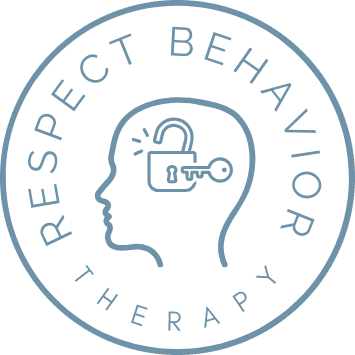Handling Aggression in Children with Autism

Aggression in children with Autism Spectrum Disorder (ASD) is a common challenge faced by parents and caregivers. Understanding the underlying causes and implementing effective strategies can significantly help in managing and reducing aggressive behaviors. This report synthesizes key points from various sources to provide a comprehensive guide on handling aggression in children with autism.
Understanding Aggression in Autism
Common Causes and Triggers
Aggressive behavior in children with autism can stem from various factors, including communication difficulties, sensory sensitivities, and changes in routine. These children often use aggression as a form of non-verbal communication to express discomfort or dissatisfaction with their environment 1, 2 . Common triggers include disturbing breaks in routine, lack of sleep, and jarring sensory stimuli such as loud noises or bright lights.
Functions of Behavior
Understanding why a child is behaving aggressively is crucial. There are four main functions of behavior: to gain attention, to escape a situation, to gain access to tangible items, or for sensory stimulation. Conducting a Functional Behavior Assessment (FBA) can help determine the specific reasons behind a child's aggressive behavior.
Strategies for Managing Aggression
Creating a Supportive Environment
A calm and structured environment can help reduce aggressive behaviors. This includes providing a predictable routine, using visual supports, and preparing the child for any changes in their schedule. Creating a safe space where the child can retreat when feeling overwhelmed is also beneficial.
Encouraging Communication
Improving communication skills can significantly reduce frustration and aggression. Encouraging the use of alternative communication methods, such as picture exchange systems or sign language, can help children express their needs more effectively. Functional Communication Training (FCT) is another effective strategy to teach children appropriate ways to communicate their needs.
Positive Reinforcement
Using positive reinforcement to encourage desirable behaviors is a key strategy in managing aggression. Rewarding the child for non-aggressive behaviors and providing choices can help them feel more in control and reduce the likelihood of aggressive outbursts.
Behavioral Interventions
Applied Behavior Analysis (ABA) is considered the gold standard for treating aggressive behaviors in children with autism. ABA therapy focuses on changing specific behaviors through reinforcement strategies and has been shown to be highly effective. Other behavioral therapies can also be beneficial in reducing aggression.
Medication
In some cases, medication may be necessary to manage aggressive behaviors. Medications such as Risperidone and Aripiprazole have been used successfully to reduce aggression and self-injury in children with autism. However, the decision to use medication should be made in consultation with a healthcare professional, considering the potential benefits and side effects
Practical Tips for Parents and Caregivers
Identifying Triggers
Identifying and understanding the triggers for aggressive behavior can help in developing effective intervention strategies. This involves observing the child and noting any patterns or specific situations that lead to aggression.
Staying Calm and Consistent
When dealing with an aggressive outburst, it is important for parents and caregivers to stay calm and use a calm tone of voice. Consistency in responses and maintaining a structured environment can help the child feel more secure and reduce anxiety.
Seeking Professional Help
Working with professionals such as behavior analysts, pediatricians, and psychologists can provide additional support and guidance in managing aggressive behaviors. These specialists can help develop personalized behavior plans and offer strategies tailored to the child's specific needs.
Conclusion
Handling aggression in children with autism requires a multifaceted approach that includes understanding the underlying causes, creating a supportive environment, encouraging communication, and using positive reinforcement. Behavioral interventions like ABA therapy and, in some cases, medication can also play a crucial role. By implementing these strategies and seeking professional support, parents and caregivers can effectively manage and reduce aggressive behaviors in children with autism.By understanding and addressing the unique needs of children with autism, we can create a more supportive and inclusive environment that helps them thrive.
